For as long as I can remember, which is very long time indeed, grain has been high on the list of a film photographer’s preoccupations. My recent sally into sub-miniature has brought this aspect into even sharper focus. A negative of 8 x 11 or even 13.5 x 19 mm demands some pretty stellar performance in this area.
While it is less of an obsession these days, but having tried numerous films with various 16mm/110 cameras, I thought I would share what I have found for interest’s sake.
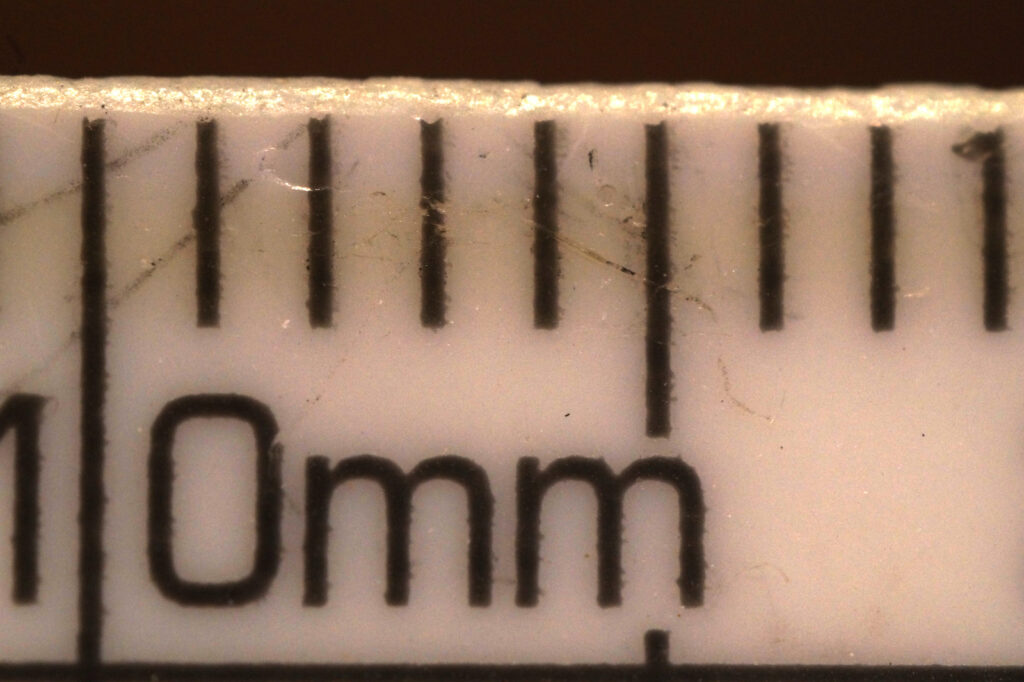
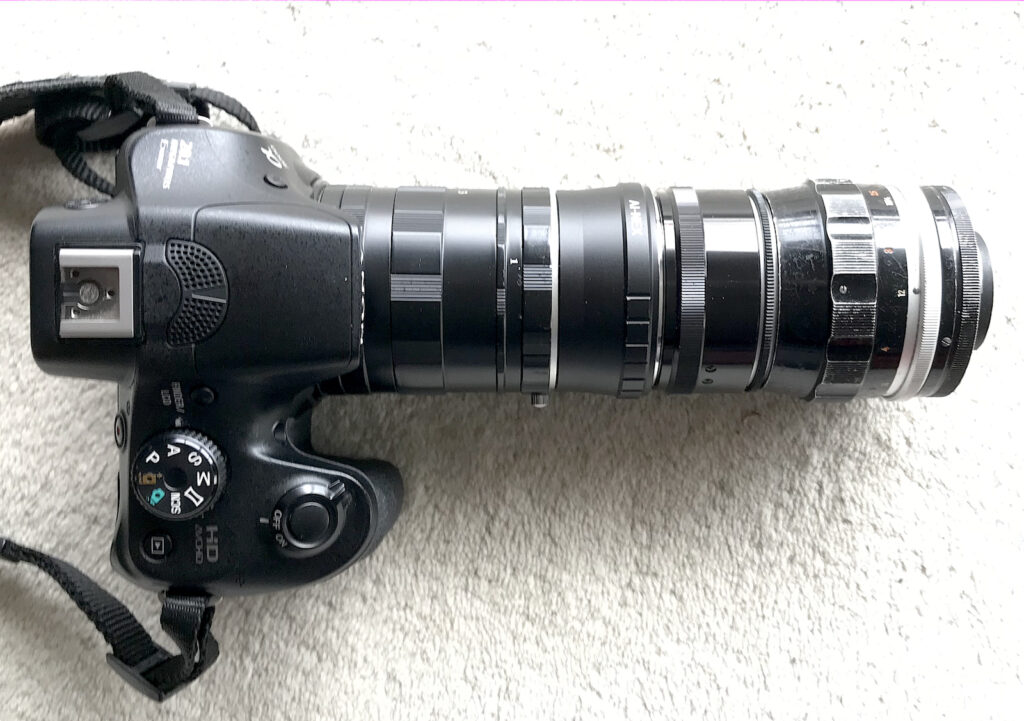
I set up my copier with the biggest magnification I can achieve – reversed Micro Nikkor with all the E-mount and F-mount tubes available to me – on the 20Mp Sony A3000 I use. These examples are then resized to 72dpi without interpolation. The image at 72dpi is about 6ft or 2m wide so I will let you do the math.
All the films are processed in Rodinal at various dilutions and regimes as recommended by the massive Development Chart in the main or trade.
Results
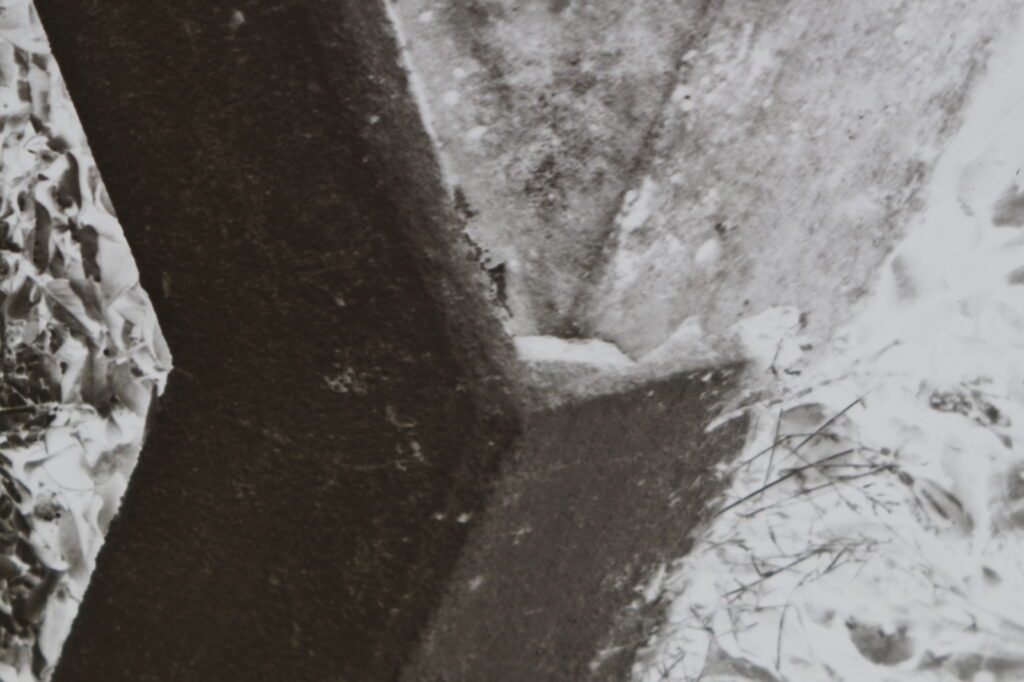
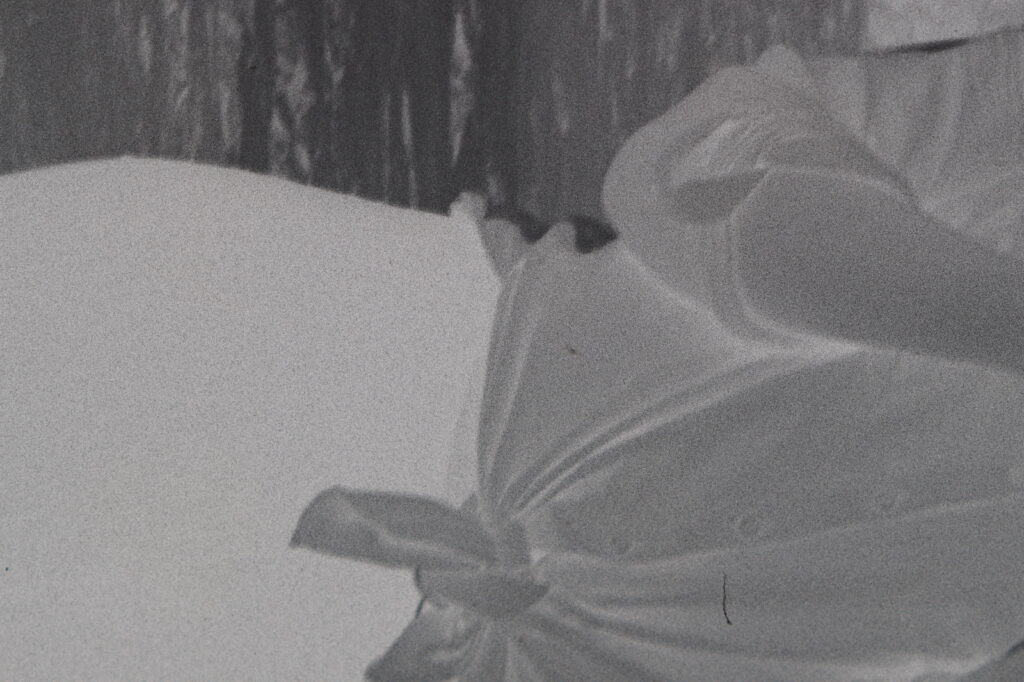
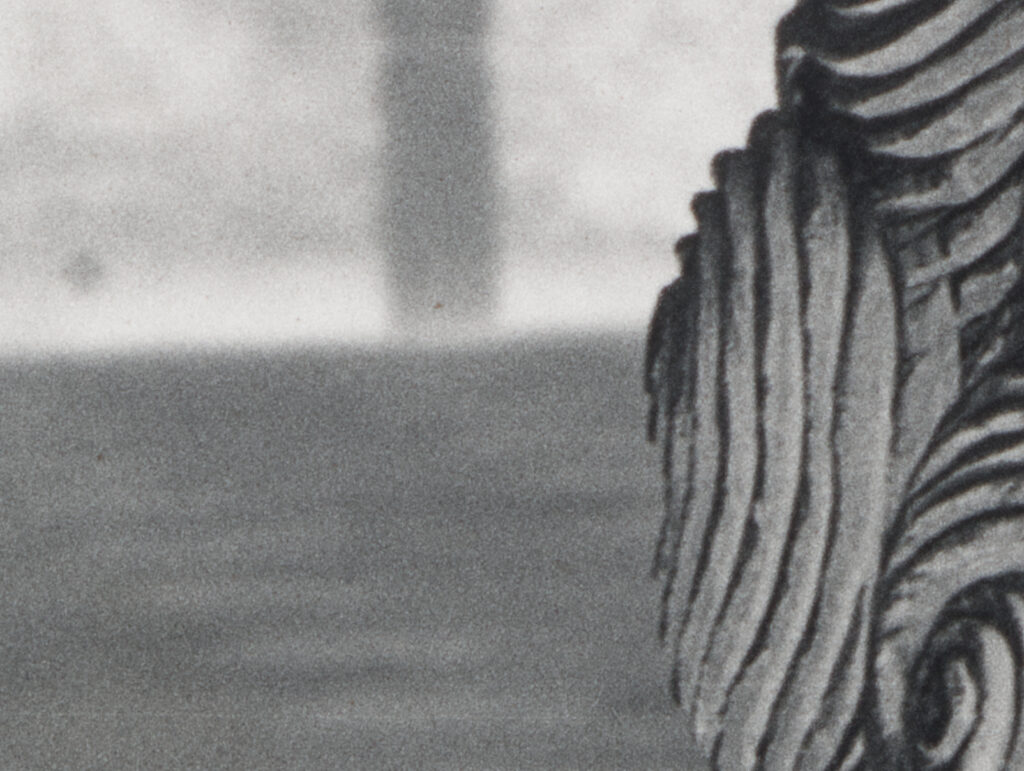
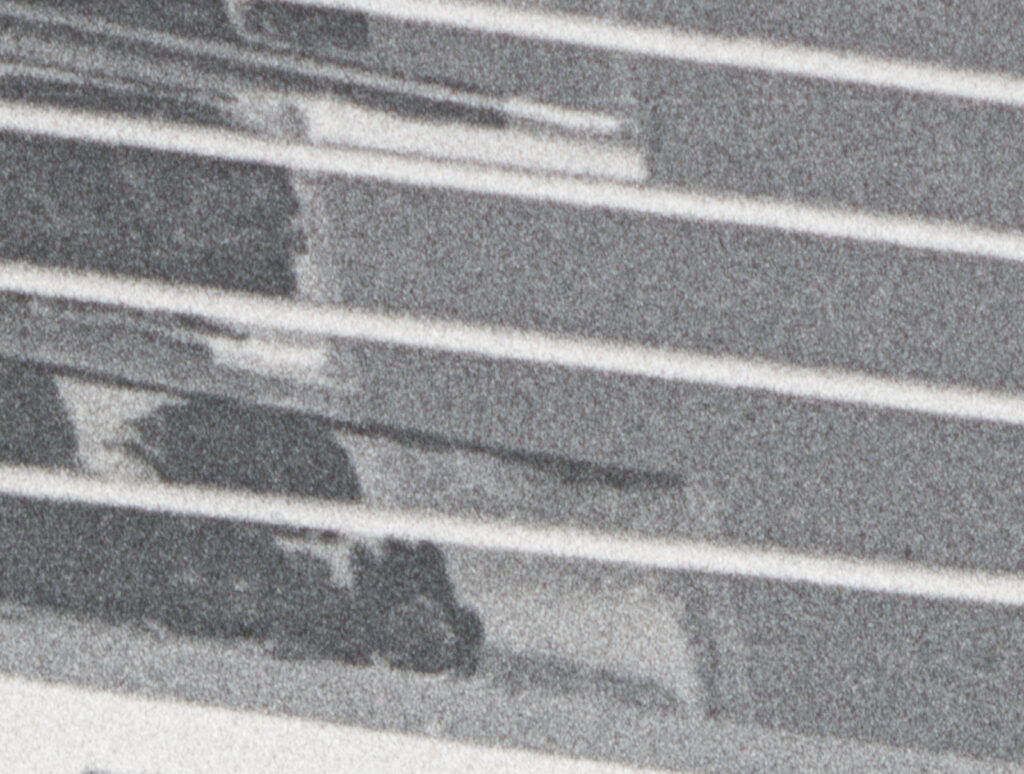
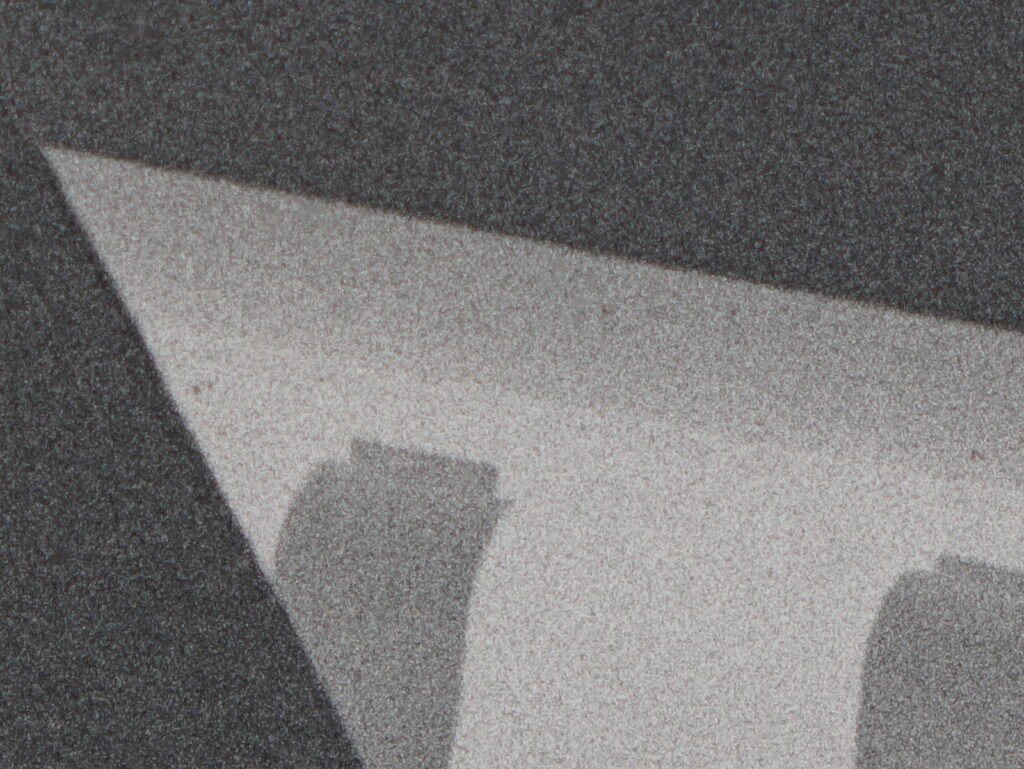
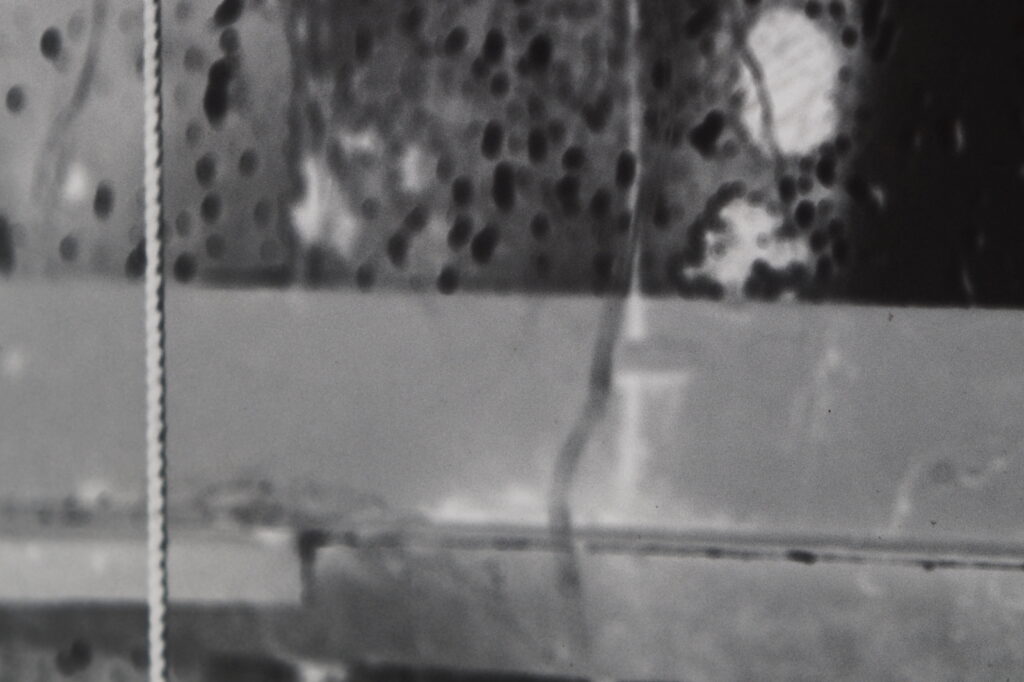
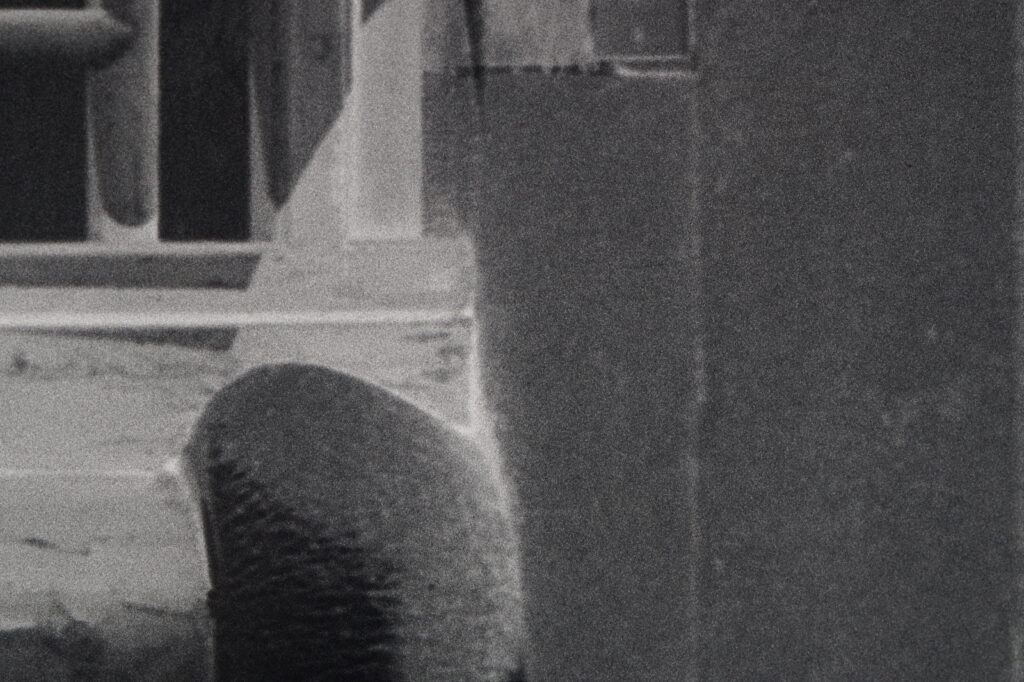
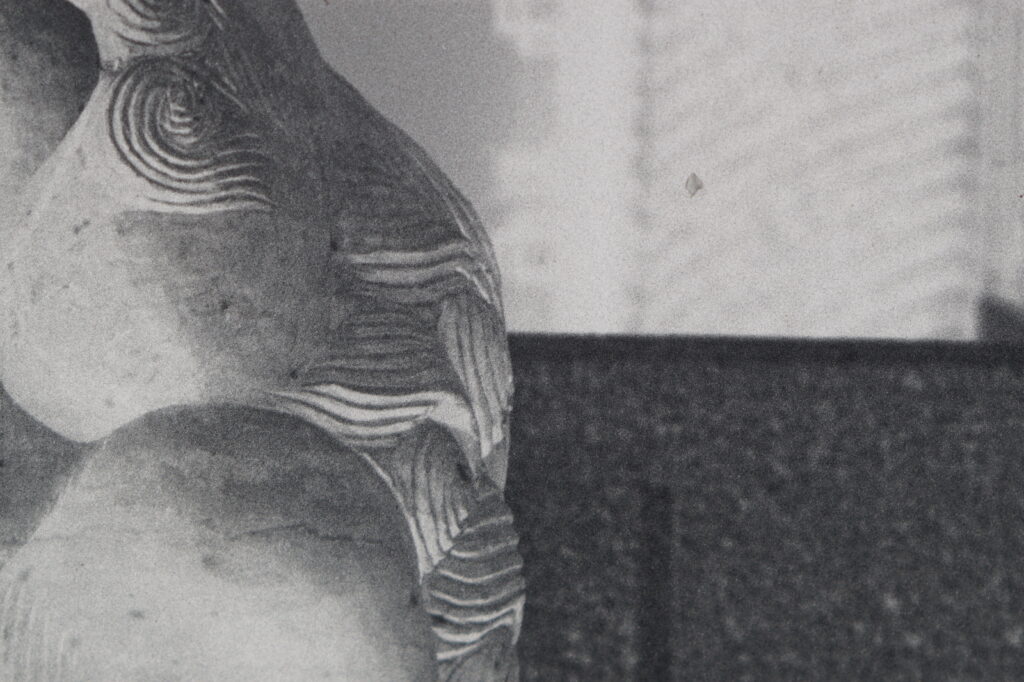
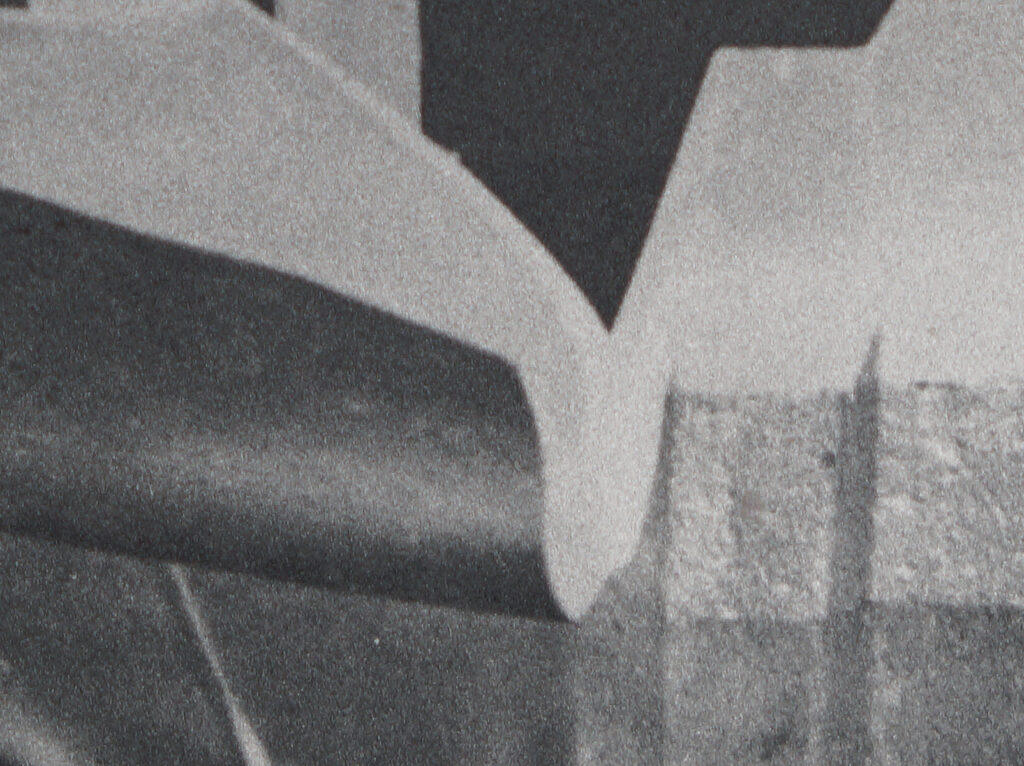
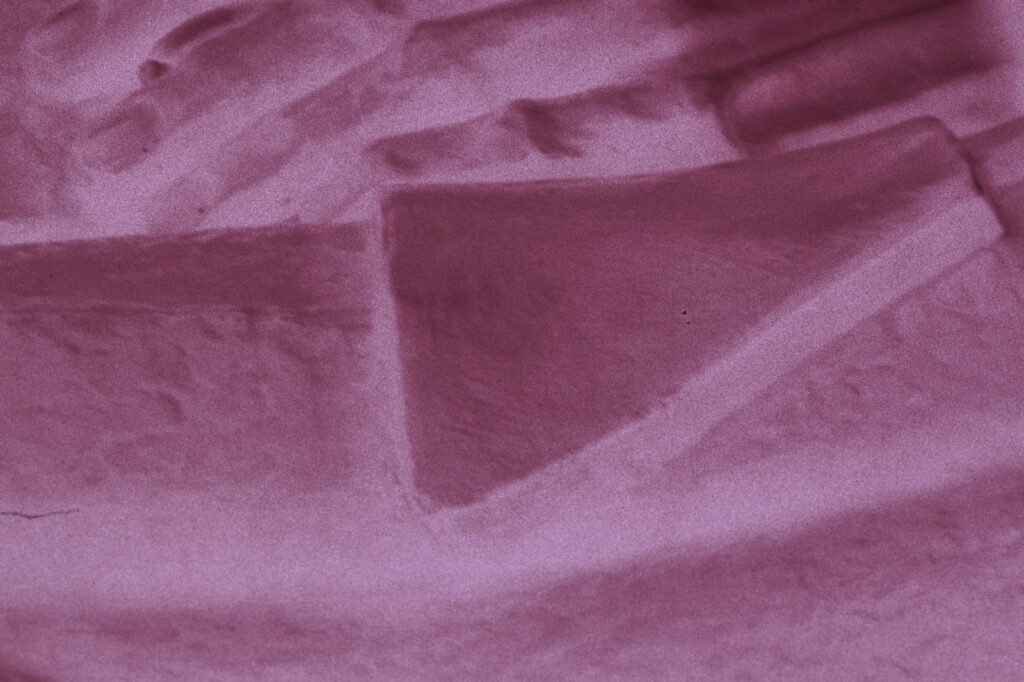
Conclusions
There is certainly a range of fineness available but, apart from out and out copying emulsions, not as wide as probably once was the case. The flexibility of some emulsions is quite surprising and throughout acuity is fine.
It really points up the strides that have been made with the materials involved and at the processing stage also, including my own technique probably. Processing does have a part to play and care in carrying it out. I managed to achieve some impressive reticulation with one Orca film which was downright ugly.
For really grain free results there is only the somewhat tricky path of processing copy film for continuous tone. The Adox CMS is amazing in this respect but it has zero latitude and exposure has to be spot on.
The Rollei films are very good, apparently based on suveillance films, the RPX 25 stand processed å la Chaplin is particularly notable. Being able to rate it at ISO 100 rather than 25 is a boon. 80S isn’t bad either.
FP4+ is interesting as probably an ‘old school’ film. It is a favourite of mine though and is no doubt much improved from its early days too. I get the feeling that Orca isn’t based on a surveillance film either.
The Foma emulsion performs well too but I haven’t tried it at box speed. Stand processed as here though shows it to be no slouch.
I use Rodinal exclusively at present for convenience and consistency. Other developers will be able to produce finer results but I can only offer these which I hope might be of interest.
Share this post:
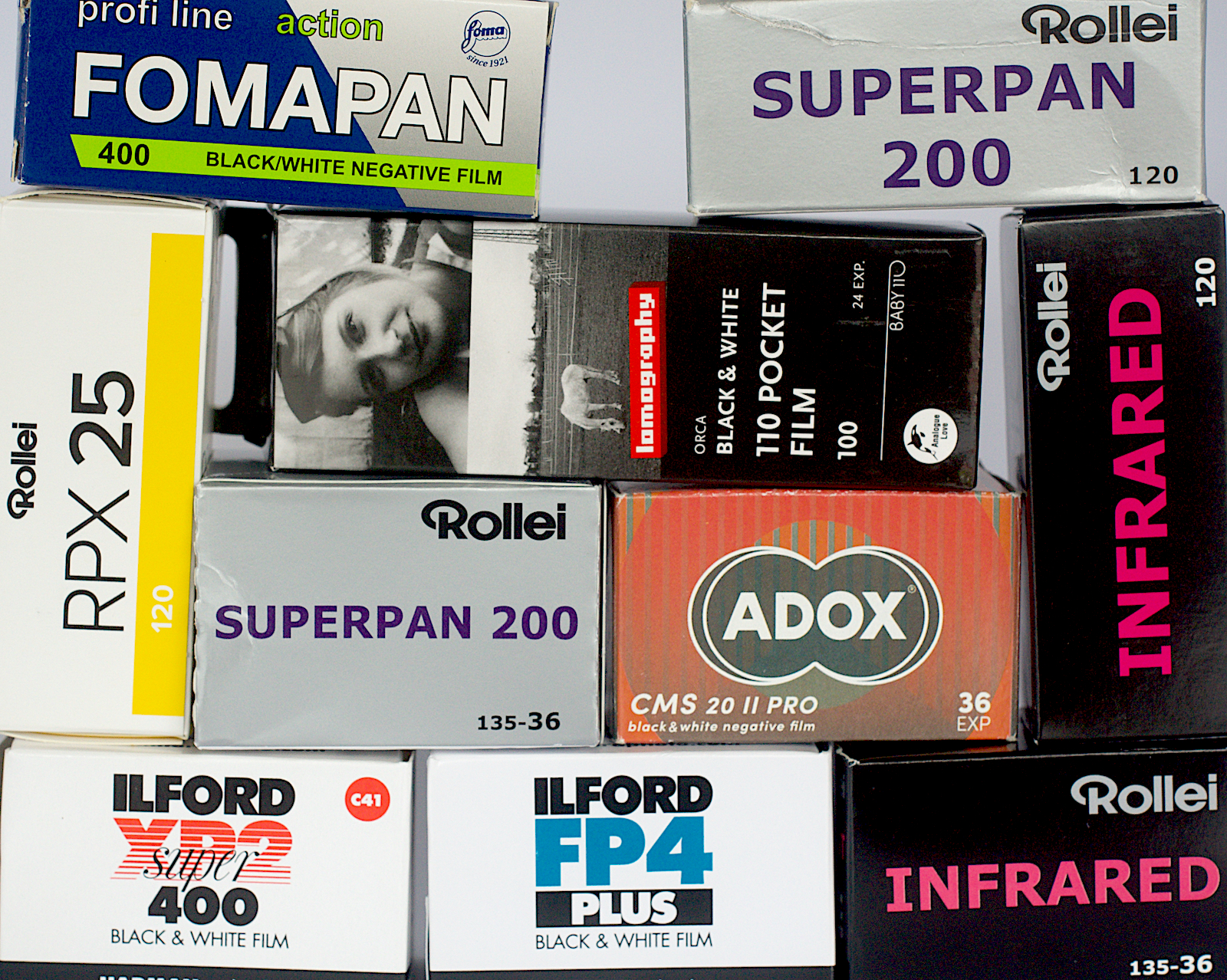
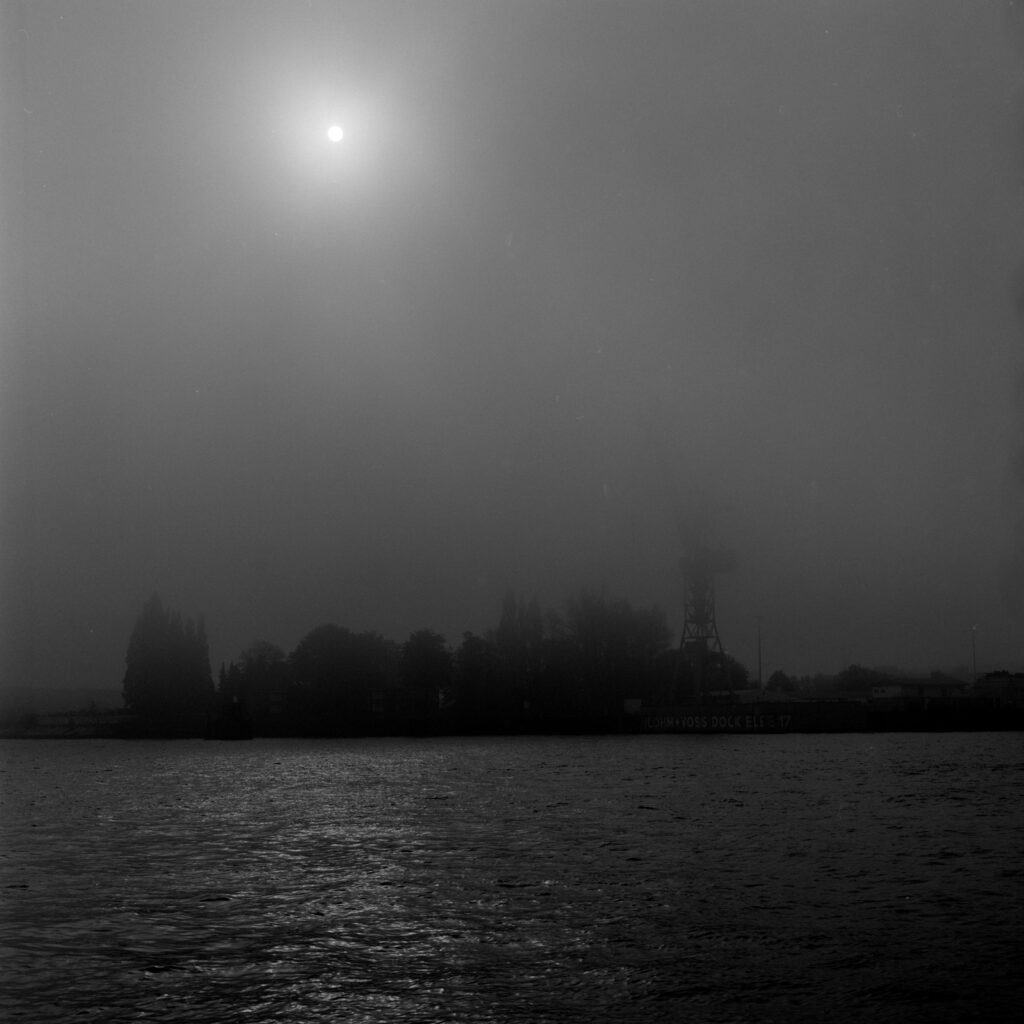
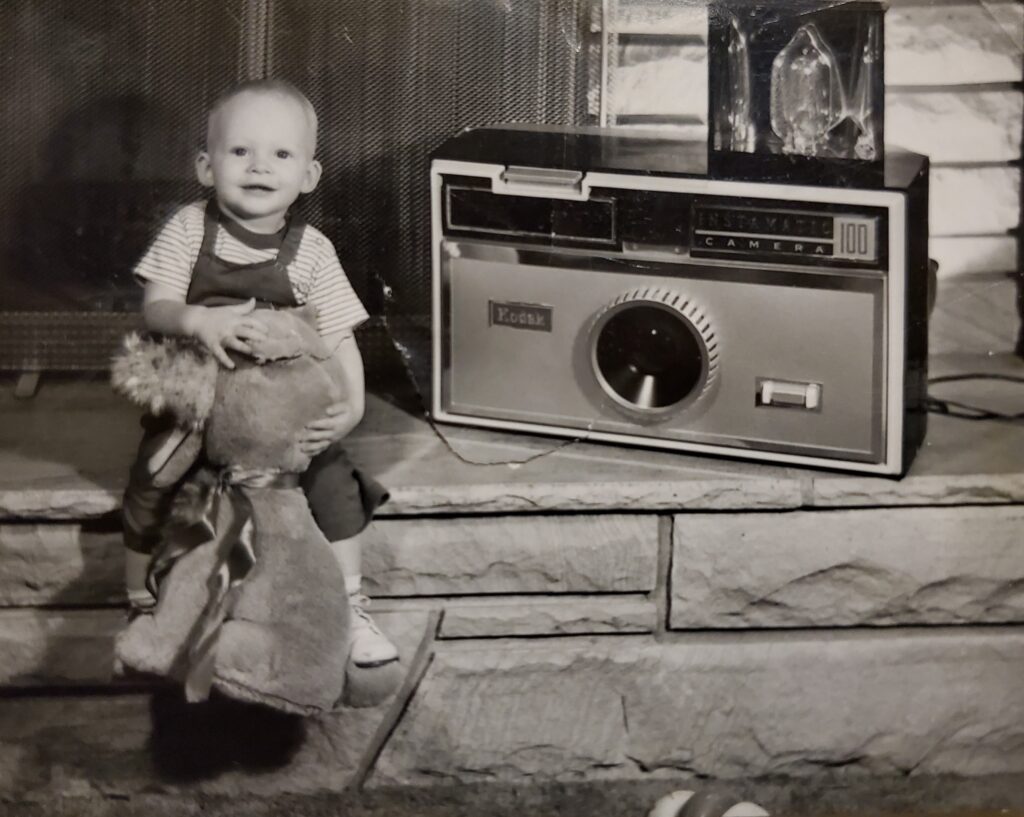
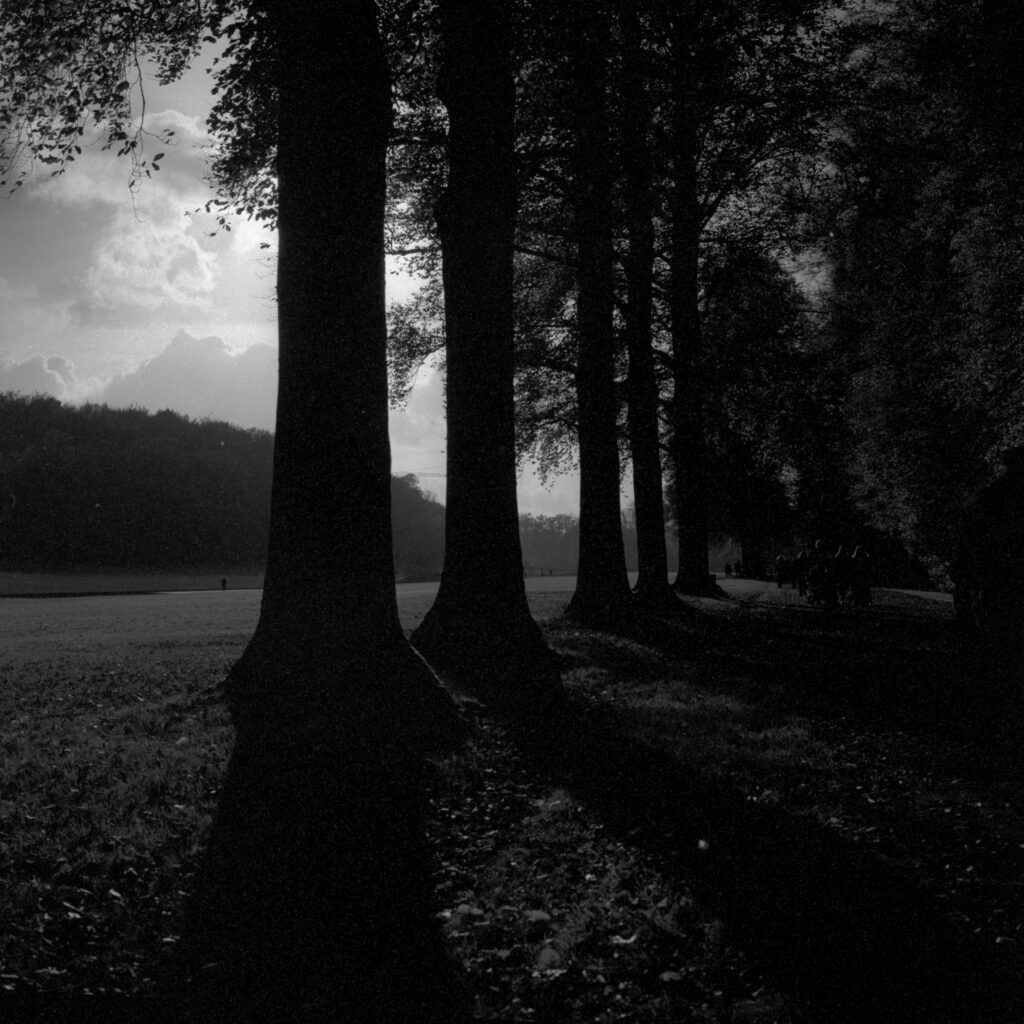
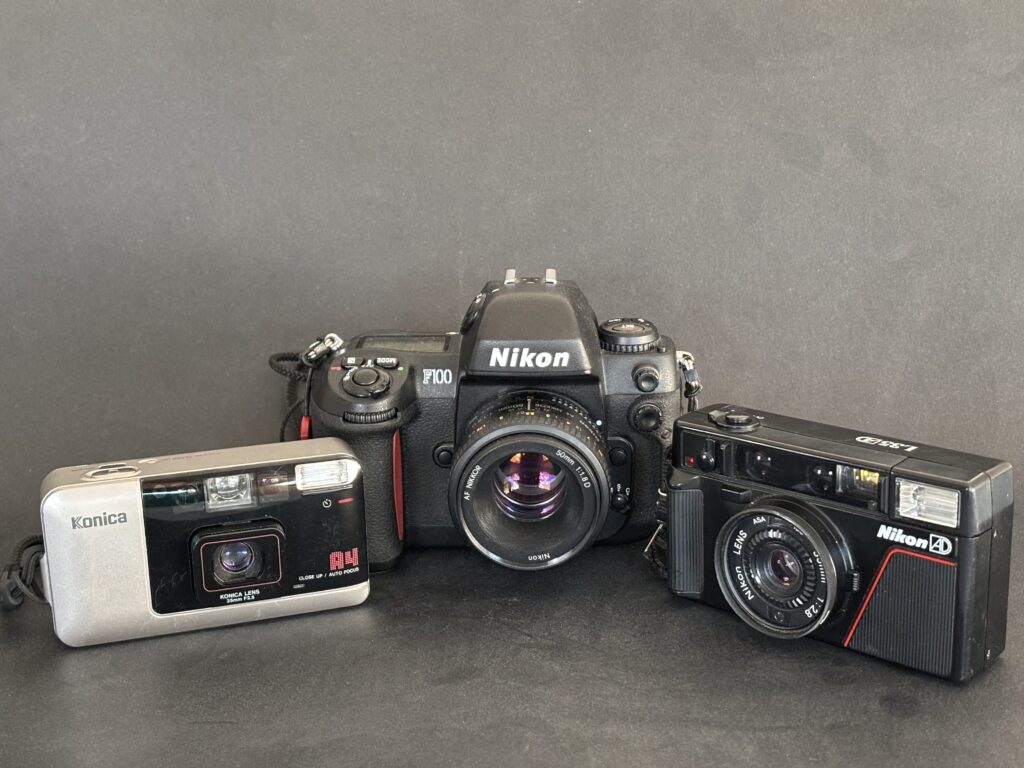

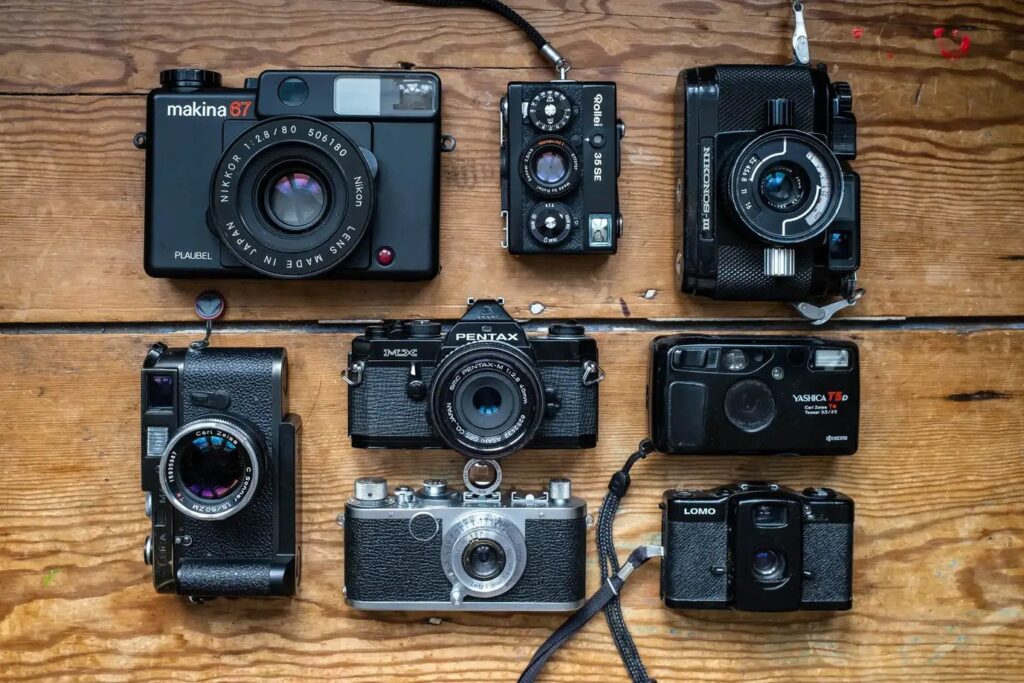
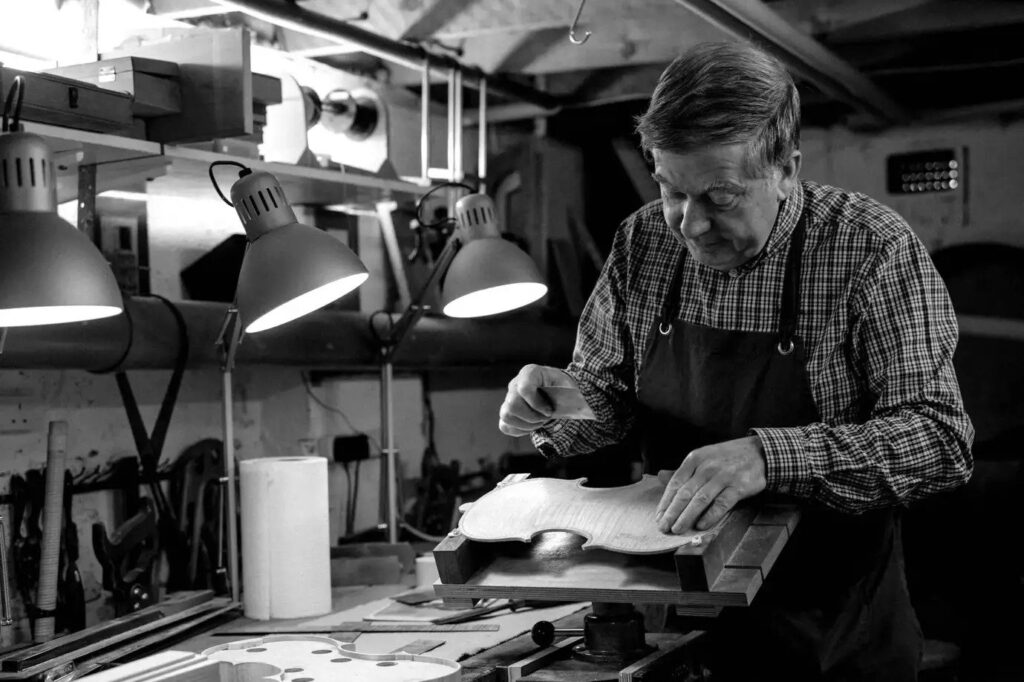
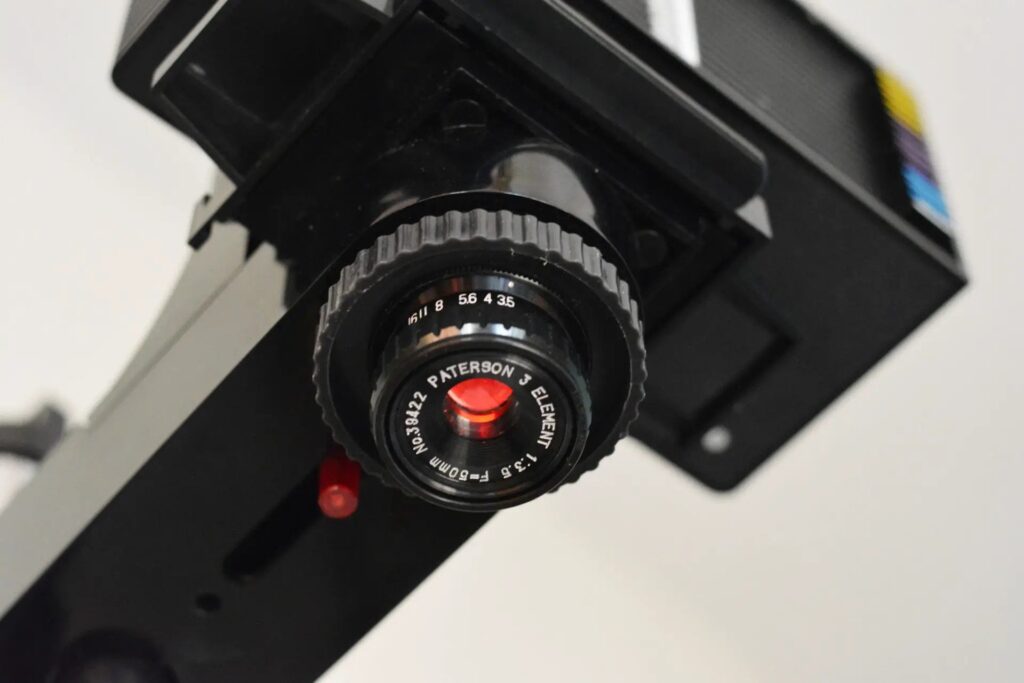
Comments
Ralph Turner on A Film Grain Comparison
Comment posted: 17/01/2025
Comment posted: 17/01/2025
Gary Smith on A Film Grain Comparison
Comment posted: 17/01/2025
Comment posted: 17/01/2025
Comment posted: 17/01/2025
Comment posted: 17/01/2025
Daniel Emerson on A Film Grain Comparison
Comment posted: 17/01/2025
Thanks as always. So are these crops or full frame, (crops I am thinking) and if crops what would the absolute size be?
regards
Daniel
Comment posted: 17/01/2025
Geoff Chaplin on A Film Grain Comparison
Comment posted: 18/01/2025
Shooting colour film with a pinhole camera I prefer the grainiest slow film I can find - almost impossible now manufacturers have done their 'best' to eliminate grain as much as possible.
I agree that Aviphot slow films are very fine grain (beware Rollei 80S in 120 - I've had a batch of failed film) but even so FP4 remains my favourite B&W emulsion in 35mm, though I love Foma 100 almost as much despite the grain and halation.
Comment posted: 18/01/2025
Marcus Gunaratnam on A Film Grain Comparison
Comment posted: 18/01/2025
an excellent account,I too used Ilford FP4in the 70swhen the plus version was not available, I shot mainly half frame,processing in microphen or neofin blue.I found that being a bit OCD helped and I used to filter all solutions using a buchnerfunnel and venturi pump arrangement,with antistatic effect of 'earthing' my enlarger and controlling the temperature with a modified aquarium thermometer.I produced quite acceptable 8x10" prints mostly of weddings . I use an Olympus pen FT with a 1.8 standard lens stopped down 2 stops for DOF.
Comment posted: 18/01/2025
Ibraar Hussain on A Film Grain Comparison
Comment posted: 18/01/2025
A very interesting informative read.
Comment posted: 18/01/2025
Zheng Li on A Film Grain Comparison
Comment posted: 18/01/2025
Comment posted: 18/01/2025
Jeffery Luhn on A Film Grain Comparison
Comment posted: 19/01/2025
I am currently getting acquainted with Pyro CMK and FP4, so once I have a dozen rolls in the bag with that combo, I'll go for SuperPan 200 and Rodinal. Thanks again for your posting!
My goodness...so many film and developers and so little time!!
Jeffery
Comment posted: 19/01/2025